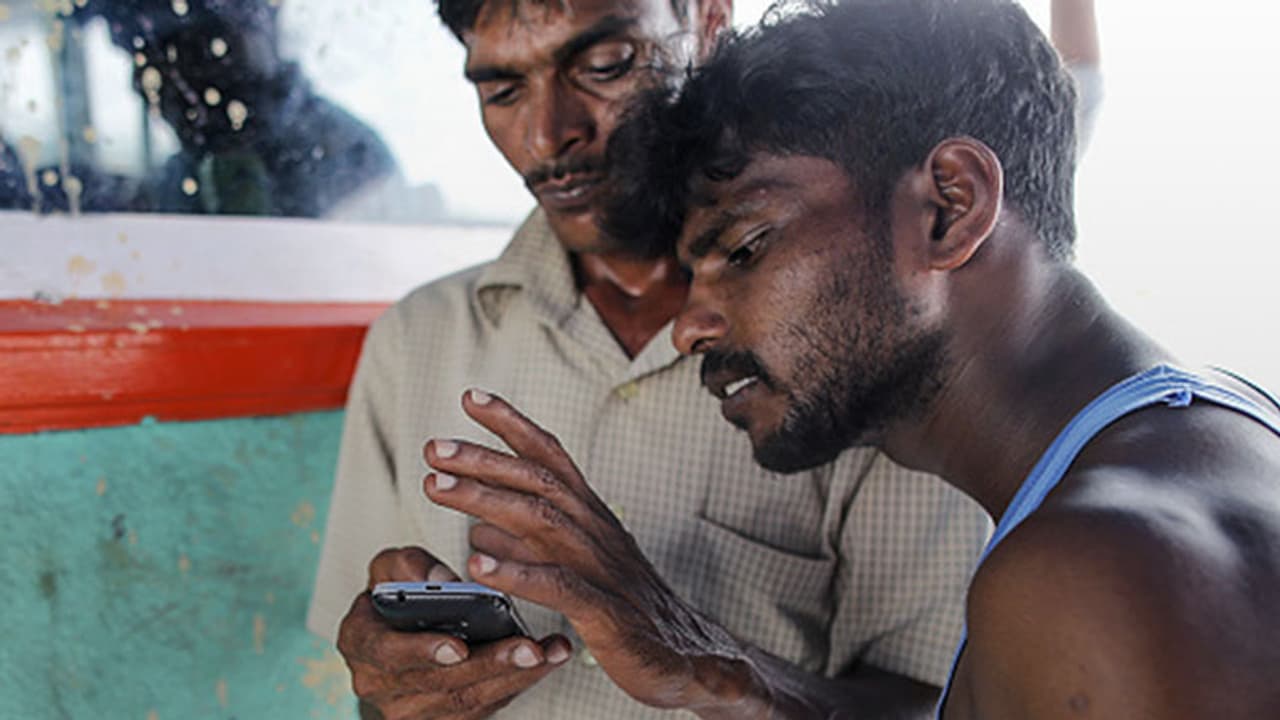A chief ministers’ panel has provided an interim report on adoption of digital payments. The panel has recommended increased use of Aadhaar-linked payment systems. The panel has proposed a smartphone ‘subsidy’ of ₹1,000.
A panel of chief ministers constituted to prepare a roadmap for the rapid adoption of digital payments presented an interim report to Prime Minister Narendra Modi on January 24. The panel is headed by Andhra Pradesh Chief Minister Chandrababu Naidu. Among its recommendations are provision of ₹1,000 as a subsidy to non-tax assessees and small merchants to buy smartphones, transaction charge on cash payments above ₹50,000 and increased adoption of Aadhaar-enabled payment systems.

The emphasis on Aadhaar makes sense and is far reaching given the lack of uniform coverage of point-of-sale (POS) systems across the country. The panel recommended that Aadhaar-based biometric sensors (fingerprint and iris scans) be provided at a 50% subsidy to all merchants. This initiative, if implemented properly, would help tide over the poor coverage of POS systems in the country: the number of cashless pay points per million people in India is 1,080 at present. This is far lower than Singapore (31,096), China (16,602) and other nations.
The panel has also suggested the installation of more than 1.5 lakh Aadhaar-enabled micro-ATMs at post offices in the country.
The proposal for a smartphone subsidy is also visionary in principle. The 2016 edition of the Ericsson Mobility Report India edition expects that India’s total smartphone base will grow to about 810 million subscribers by 2021. That smartphones are ubiquitous and will become increasingly important are facts that can’t be debated. However, how will such a subsidy system work?
For one, it remains to be seen as to how the subsidy will be dispensed given that the vast majority of the country’s population doesn’t pay taxes. Further, digital payments require a robust security framework at both the levels of the financial institution and the consumer’s mobile device. More than 90% of smartphones in India use variants of the Android OS, which has proven more vulnerable to security threats relative to other systems.
A recent report by cybersecurity company F-Secure forecast that India faces a heightened risk of attacks targeting point-of-sale (POS) devices and mobile wallets in 2017, particularly in the wake of demonetisation. Smartphone security practices are at a nascent stage in the Indian market. The F-Secure report found that most Indian consumers think the security of their mobile wallets is the responsibility of the respective companies providing the service.
Another issue that could hinder the efficiency of smartphones for digital payments is the lack of assured 3G- and 4G-standard connectivity across the country. Reliable services are essential for transactions that involve multiple levels of authentication (e.g., banking payments).
